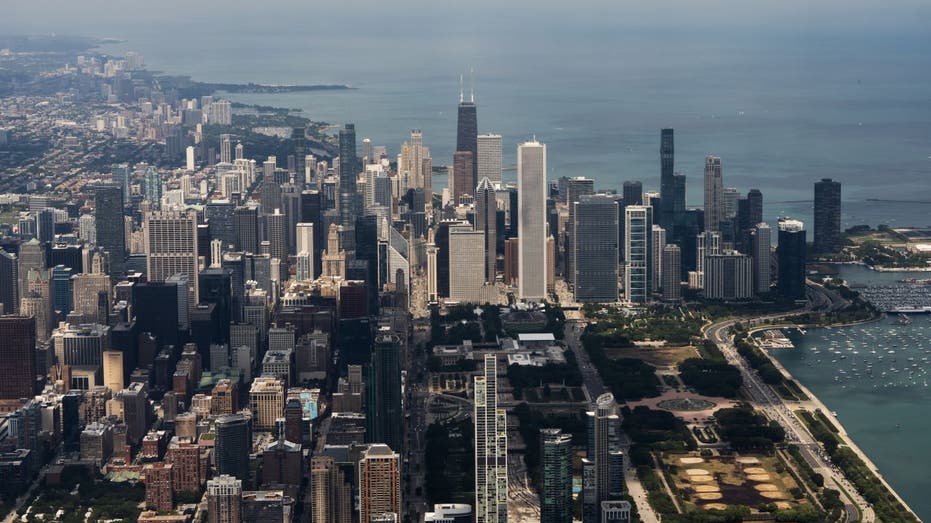Americans around the country are experiencing vastly different inflation rates depending on where they live in the U.S., with the latest inflation data showing that consumers in the Northeast are facing more inflation than their peers around the country.
The Labor Department released its inflation report for September last week which found that the consumer price index (CPI) — a broad measure of how much everyday goods like gasoline, groceries and rent cost — was up 2.4% from a year ago for the U.S. as a whole, continuing the trend of slowing inflation from recent months.
However, the pace of inflation is much faster in certain parts of the country than it is in other areas.
The Northeast region saw 3.4% inflation in September compared to a year ago, the fastest of the four regions analyzed by the Bureau of Labor Statistics and well above the national inflation rate. Within the region, both New England and the Middle Atlantic had 3.4% — with New England’s edging higher than the 3.3% rate it recorded a month ago.
INFLATION RISES 2.4% IN SEPTEMBER, ABOVE EXPECTATIONS
The Midwest region experienced 2.5% inflation year-over-year, slightly cooler than the 2.6% reading in August.
Both the South and the West experienced 2.1% inflation in September compared to last year. In the West, inflation was notably higher in the Pacific region (2.3%) than it was in the Mountain region (1.4%).
The Labor Department’s report also looked at price growth in various cities and metropolitan areas around the country, where the trend of relatively higher inflation in the Northeast and Midwest continued.
WHAT FOOD ITEMS SAW THE LARGEST PRICE HIKES AND DECLINES IN SEPTEMBER?
Chicago had the highest inflation of all metro areas included in the BLS’ report for September, with prices in the Windy City rising by 4.1% from a year ago — an acceleration from the 3.8% rate recorded in August.
That came in hotter than New York, which had 3.8% inflation in September, up slightly from 3.7% the prior month. Boston had the next highest inflation rate among major cities at 3.4%, while Washington, D.C.’s inflation rate was 2.6%.
Dallas had the highest inflation among cities in the South with 2.6%, well above the 1.2% rate in the Tampa, Florida, metro area.

In the West, Los Angeles had 2.8% inflation, while San Diego’s was 2.5% — notably higher than the 1.4% recorded in California’s Riverside metro area. Urban Hawaii had the highest inflation of the areas included in the report, with prices up 4.2% from a year ago.
Read the full article here












